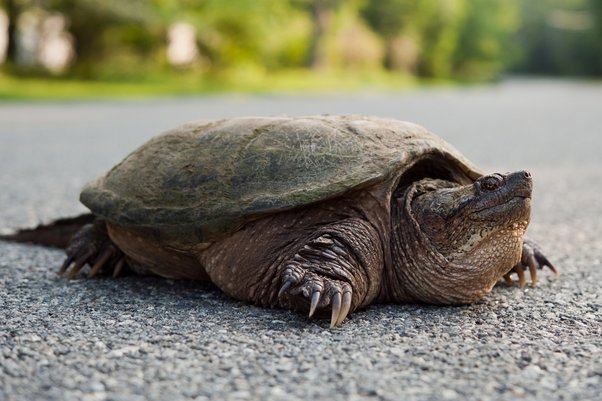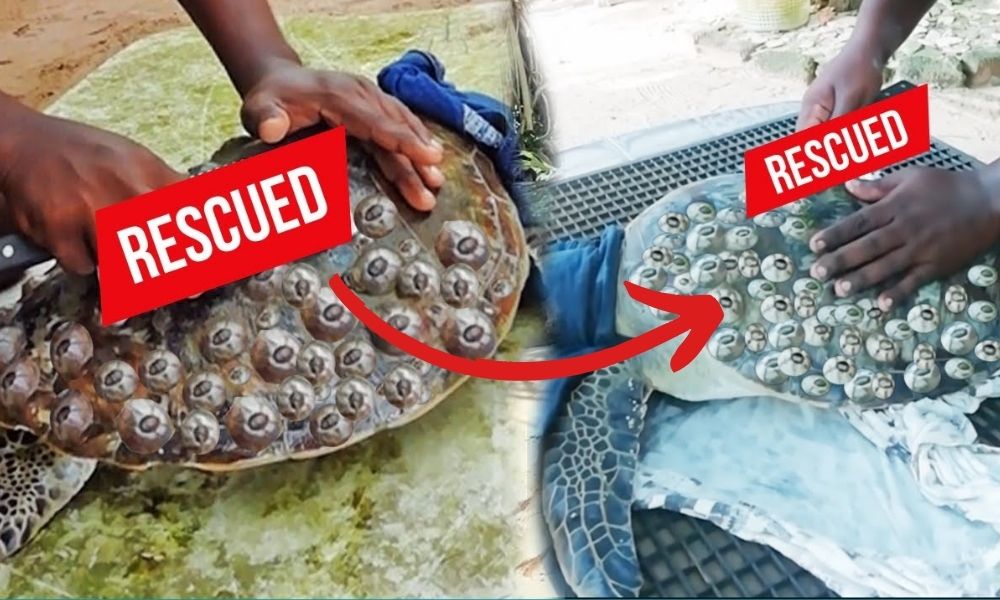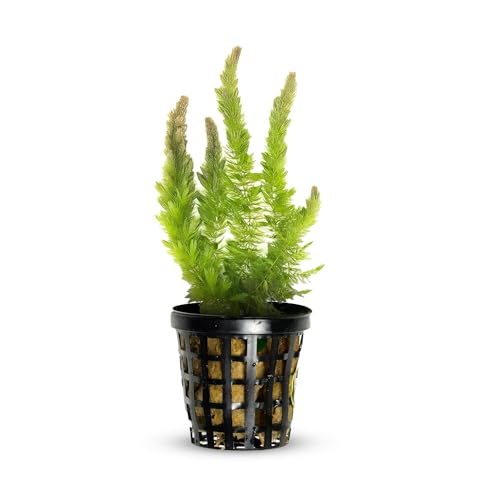No, a snapping turtle cannot be a pet due to their requirements and potential danger. Snapping turtles are fascinating aquatic reptiles native to North America.
With their strong jaws and aggressive nature, they are not suitable to be kept as pets. Snapping turtles can grow quite large, reaching up to 19 inches in shell length, and require a spacious enclosure with a combination of water and land areas.
They also have specific dietary needs, including a varied diet of protein, vegetables, and fruits. Furthermore, handling a snapping turtle can be risky as they have powerful bites and sharp claws. Due to their unique needs and potential danger, it is recommended to admire snapping turtles in their natural habitats and not attempt to keep them as pets.

Understanding Snapping Turtles
Physical Characteristics: Snapping turtles are known for their unique physical attributes. With their powerful jaws and sharp beak, they can deliver a strong bite. These turtles possess a large and muscular body, with a spiked tail and webbed feet. Their shells are rugged and often covered in algae, providing camouflage in their natural habitats.
Habitat and Diet: Snapping turtles can be found in freshwater bodies such as rivers, ponds, and swamps. They are skilled swimmers and prefer habitats with ample vegetation and muddy bottoms. Their diet mainly consists of fish, insects, frogs, snakes, and even small mammals, making them opportunistic carnivores.
Lifespan and Growth: Snapping turtles have an impressive lifespan, with some individuals living up to 30-40 years in the wild. They exhibit slow growth rates, with young turtles growing about an inch per year. As they mature, their growth rate gradually slows down. Additionally, their size can vary significantly depending on their region and environmental factors.

Can Snapping Turtles Be Pets?
Snapping turtles can vary in their legality as pets depending on your location. Some states or countries may have specific regulations or restrictions on owning certain species of snapping turtles, while others may prohibit it altogether. It is crucial to research and understand the legal requirements before considering a snapping turtle as a pet.
Challenges of Keeping Snapping Turtles as Pets
Owning a snapping turtle comes with numerous challenges. Snapping turtles require specialized care, a suitable habitat, and a varied diet, including live prey. They can grow quite large and need a spacious enclosure with proper filtration to maintain water quality. Additionally, these turtles have powerful jaws and sharp claws, making handling potentially dangerous for inexperienced owners.
There are ethical considerations to keep in mind when contemplating snapping turtles as pets. These turtles have complex needs that may be difficult to meet in captivity. They are primarily wild animals adapted to specific environments. Keeping them as pets may compromise their well-being and potentially contribute to the illegal wildlife trade. It is essential to weigh these ethical concerns carefully and consider alternative ways to appreciate snapping turtles without disrupting their natural habitat.
Alternatives To Owning A Snapping Turtle
Can a Snapping Turtle be a pet? Many people are drawn to the idea of owning a snapping turtle as a pet due to their unique appearance and fascinating behavior. However, there are alternative options for those who may be hesitant about owning a snapping turtle.
Red-eared sliders: These freshwater turtles are popular among pet owners for their vibrant red markings and sociable nature. They are relatively easy to care for and can adapt well to various environments.
Painted turtles: Known for their brightly colored shells and friendly temperament, painted turtles make great pets. They require a spacious tank with access to both water and land.
African Sideneck turtles: These turtles are known for their unique necks that can retract sideways into their shells. They are active and curious creatures that require a warm and humid environment.

Conclusion
While snapping turtles may seem intriguing as pets, it is important to carefully consider the responsibilities and challenges they present. From their demanding needs and potential risks, to the legal requirements and ethical concerns, owning a snapping turtle requires extensive research and preparation.
Ultimately, each individual’s ability and commitment to meeting the unique demands of a snapping turtle will determine if it can truly be a suitable pet.





Leave a Reply